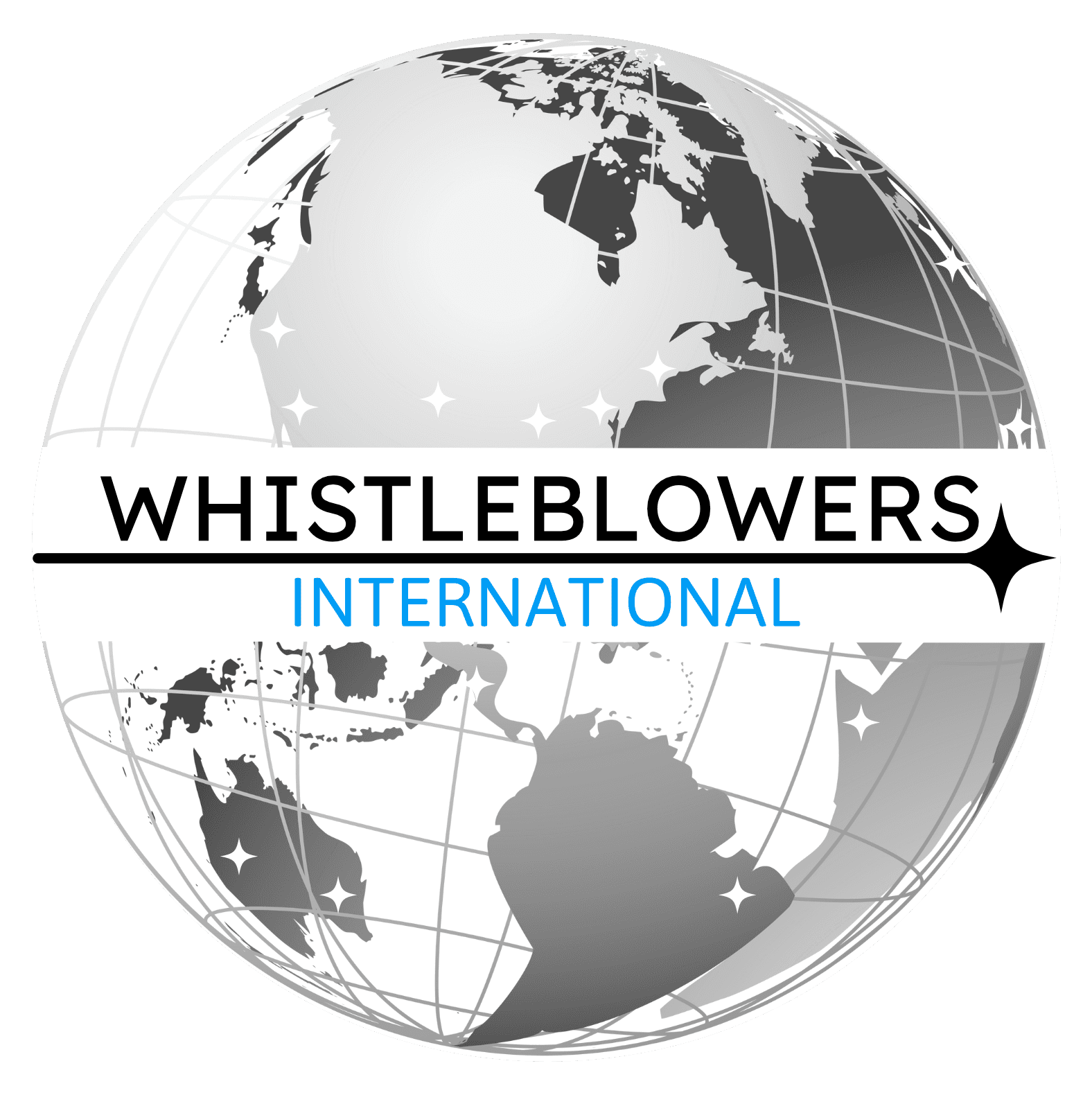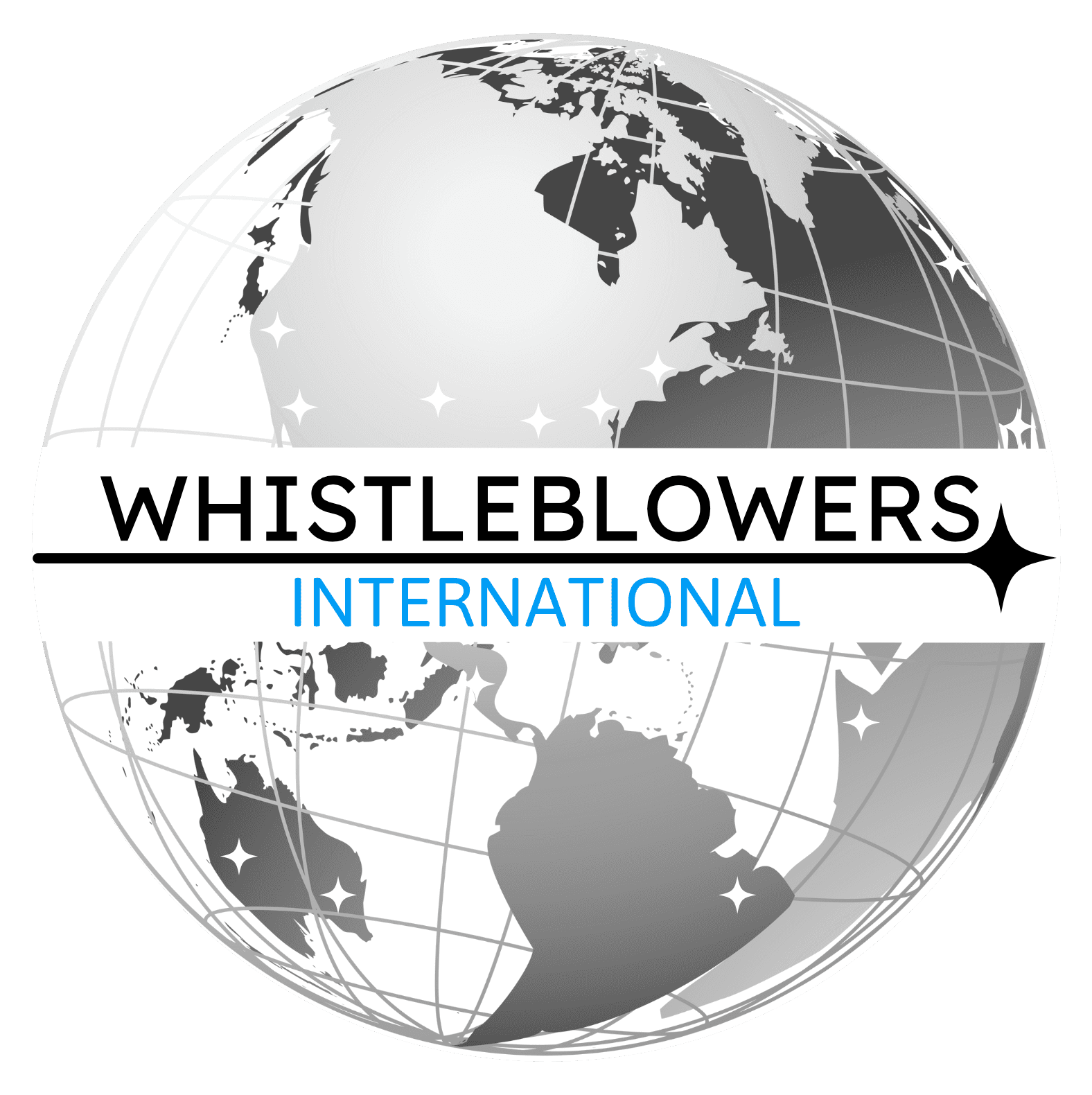Introduction
In recent years, there have been several multi-billion-dollar mass tort settlements. While the details of each case vary, they share a few commonalities: they involve many individuals, they generate a great deal of publicity, and they can take many years to settle. Here is a brief overview of five of the largest and most publicized mass torts in recent history.
Asbestos/Mesothelioma
Given its properties, asbestos was widely used as a construction and fireproofing material. Due to serious health issues arising from exposure to asbestos, including a type of cancer called Mesothelioma, it is currently banned from use in many countries, including the United States. Despite this ban, hundreds of thousands of individuals have been affected by asbestos exposure, leading to thousands of legal claims against companies that used this material. Given this scope, asbestos litigation is the longest-running mass tort litigation in the United States. Hundreds of thousands of claims have been made by individuals affected by asbestos or by surviving family members of individuals who died from conditions arising out of asbestos exposure. Many affected individuals have been able to obtain multi-million-dollar compensation for the damages they suffered. As an example, in the Whittington v. United States Steel case, a record-setting verdict of $250 million was awarded to a person exposed to asbestos at his workplace. Since so many people were affected, most of the companies involved with asbestos filed for bankruptcy. Although bankruptcy trusts are normally established to compensate victims, these usually only pay pennies on the dollar to affected parties. The average payment to Mesothelioma victims is usually high, usually around $1 million per victim.
Tobacco Litigation
Although the harm caused by tobacco products is widespread knowledge nowadays, it wasn’t so widely known or accepted several decades ago. Starting in the 1950s, cases began being filed against tobacco companies by individuals adversely affected by their products. Many alleged that they did not receive adequate notice concerning the adverse health effects that resulted from using tobacco products. They also claimed that tobacco companies conspired to prevent the disclosure of information on the health effects of their products. One landmark decision was emitted by the United States Supreme Court in 1992, in the Cipollone v. Liggett Group, Inc., case. The Court decided that tobacco companies were not shielded from liability due to the Surgeon General’s warning on tobacco products. Another major class action case, titled Engle v. Liggett Group, Inc., was filed representing around 100,000 individuals in Florida state court. Although the class was initially certified, it was later decertified and individuals were allowed to pursue their actions in an individual capacity. There have been several waves of cases against tobacco companies. The first ones were not very successful for plaintiffs, but the wave that started in the mid-1990s led to several favorable verdicts and settlements. Some plaintiffs were awarded verdicts in the tens of millions of dollars range. In the class actions arena, although several cases initially obtained verdicts in the billions of dollars, many ended up being greatly reduced or completely vacated.
Silicone Breast Implants
Silicone breast implants were developed and first used in the 1960s. Although widely used, risks with their use began to surface decades later, particularly when they leaked their contents into the body. In the 1990s, the FDA went so far as to ban their use, due to concerns that they were associated with certain cancers and autoimmune disorders. Studies later confirmed that these implants were associated with higher incidence rates of certain autoimmune disorders, cancers, and pregnancies ending in stillbirth. Given these risks, many lawsuits were filed against manufacturers of these medical devices. One of the largest manufacturers was Dow Corning, which went bankrupt to avoid liability for its products. Around 170,000 women filed claims against Dow for its products. To settle these claims, Dow set aside over $3 billion in a settlement fund. Individuals affected by the implants could receive tens of thousands of dollars in compensation, and thousands of dollars to cover the costs of surgeries carried out to remove the implants.
Vioxx
Vioxx was a nonsteroidal anti-inflammatory drug, or NSAID, marketed by Merck and Co. late in the 1990s. It was prescribed for various conditions, including osteoarthritis, rheumatoid arthritis, and migraine. Despite its wide use, Merck withdrew it from the market in 2004, due to concerns of it causing higher risks of strokes and heart attacks. It is estimated that tens of thousands of individuals died from heart attacks and strokes associated with them taking Vioxx. This led to thousands of lawsuits. Merck eventually agreed to pay $4.85 billion as part of a mass tort settlement. It wasn’t a class action settlement. Rather, individual claims would be evaluated on a one-to-one basis.
Transvaginal Mesh (TVM)
Transvaginal meshes are medical devices used to treat stress urinary incontinence and pelvic organ prolapse. It is essentially a net-like device used to repair damaged or weakened tissue in a woman’s pelvic or bladder area. Although approved for the previously mentioned medical conditions in the mid-1990s and early 2000s by the FDA, many complications surrounding their use have arisen. These include infections, bleeding, urinary problems, and erosion of the mesh itself, among many others. Hundreds of thousands of meshes were implanted in women after being approved by the FDA. Tens of thousands of lawsuits were eventually filed against manufacturers of these devices. Most were consolidated before a federal judge in multi-district litigation. The following are some of the companies that made these products: Boston Scientific, Ethicon (a subsidiary of Johnson & Johnson), C.R. Bard, and American Medical Systems. Some of these companies started reaching settlements to avoid the uncertainty surrounding having individual cases tried. American Medical Systems, via its parent company, Endo International, has spent around $2.6 billion to settle cases. Although less, Boston Scientific has agreed to pay hundreds of millions of dollars to settle cases. Claimants received around $40,000 under these settlements. It should be noted that cases that went to trial ended in substantial recoveries for plaintiffs. Many ended in awards of millions of dollars, such as Gross v. Johnson & Johnson ($11 million), McFarland v. Johnson & Johnson ($120 million), and McGinnis v. C.R. Bard ($68 million).
Conclusion
Mass torts are an important part of the legal landscape. They offer a way for people with common grievances to band together and seek justice. While they can be incredibly lucrative for plaintiffs’ attorneys, they also play an important role in ensuring that corporations are held accountable for their actions. We hope this overview has been helpful and informative. If you have any questions about mass torts or would like more information, please don’t hesitate to contact us.

